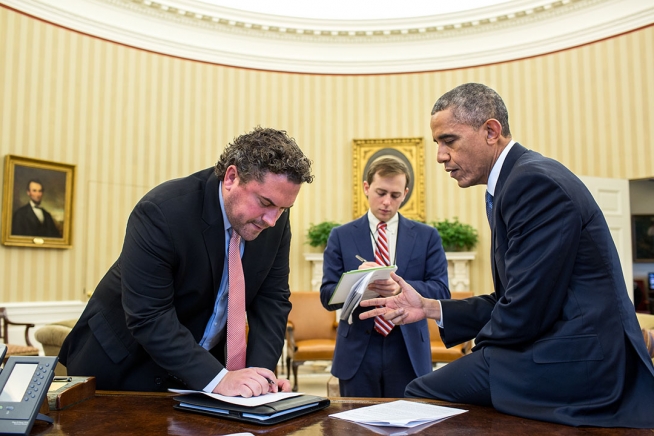What does it all mean?
On the one hand, President Obama’s decision to use his executive authority to address the long-simmering issue of immigration should bring some measure of relief to more than 5 million of the 11 million undocumented immigrants living in the United States.
Under the plan as it is so far understood, roughly 4 million undocumented immigrants would have deportation deferred for three years if they:
- Are parents of American citizens or Green Card holders (legal permanent residents).
- Have lived in the U.S. for at least five years.
- Register.
- Pass a criminal background check.
- Pay taxes.
Many also would receive work permits, and a Social Security number. Most important to many, they might be able to travel to their home countries and return.
Details on the Immigration and Nationalization website.
Additionally, the Deferred Action for Children (DACA) program would be expanded. DACA defers deportation of undocumented children and young adults, and provides access to two-year renewable work permits and Social Security numbers. Just over 1 million young people are eligible for DACA. Under the president’s plan, 300,000 more would be eligible.
On the other hand, the devil’s in the details—and a lot of the details of implementation aren’t clear yet. What’s more, there are at least two wild cards in the mix. We don’t know whether the next president will keep the new policies in place, and Republicans in Congress opposed to the president’s actions are likely to take action to prevent implementation.
Additionally, it’s a temporary measure, and does not provide a path to full U.S. citizenship. As Obama put it: “All we’re saying is, we’re not going to deport you.”
For now, though, says Siobhan Lyons, director of the Irish Immigration Center of Greater Philadelphia, it’s a noteworthy advance. “Overall, it’s good news, and a step in the right direction. In the next few months, we’ll find out how they’re going to implement what President Obama said. I hope it presses our representatives in Congress to do the right thing. It’s time we had a proper discussion.”
Exactly how it will all play out is still a matter of concern, especially since actual implementation won’t happen until the spring.
One of the most pressing concerns, Lyons added, is the ability “to travel back and forth, both for joyous occasions, and for sad occasions like family funerals.” There are questions, too, about how that provision that might be implemented, It has always been a critical concern of the Irish government.
To make a start on answering those questions, the Immigration Center is hosting an informational meeting Monday night at 6:30. Three immigration lawyers will be on hand: Shelley Grant, Audrey Allen, and Tom Griffin. If you’re interested, there’s no need to call. Just show up. You should also keep an eye on the Immigration Center’s Facebook page for updates: https://www.facebook.com/icphila This is going to be the first of several steps to bring clarity to the situation as it progresses.
For now, it’s important tor undocumented Irish—of which there are close to 50,000 in the U.S.—to pay close attention to this issue, and where it’s going, and not to take actions prematurely, Lyons says. “There are going to be specific requirements and forms,” she says, but exactly what they’re going to be, no one knows yet. “Don’t just rush off. Try to get information from the Irish Immigration Center or immigration lawyers. We all need to be on the same page.”
The president’s invitation to “come out of the shadows and get right with the law” is welcome and long awaited, but Lyons counsels patience. “It’s great news, but right now, everybody needs to stay calm and carry on.”
The Immigration Center is at 7 South Cedar Lane, Upper Darby, PA 19082.

